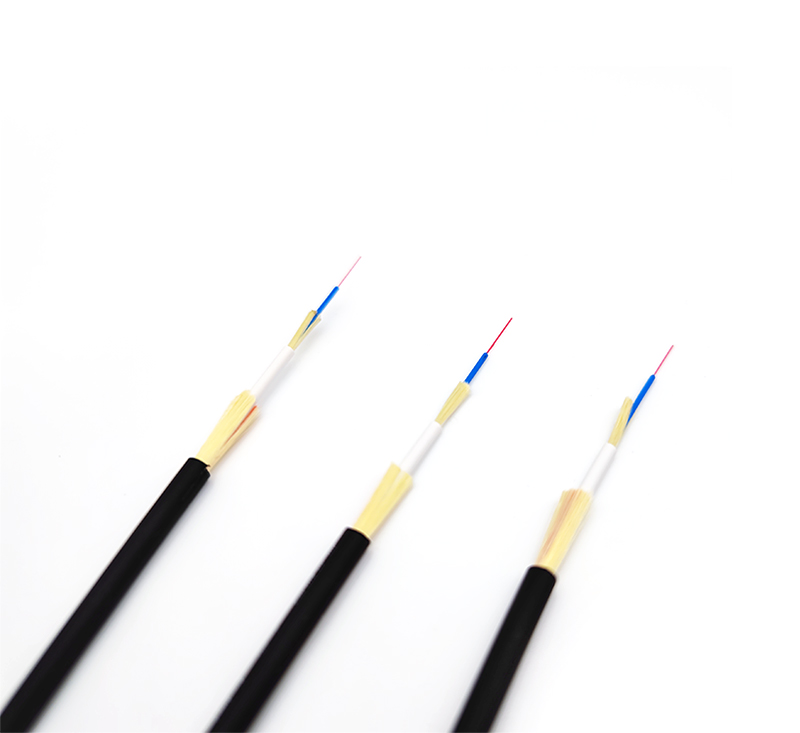I believe everyone has seen copper, which is essential in electrical wires. On many occasions, copper has also met with you in various capacities. Today, the editor of Yinglian will briefly introduce some basic knowledge of copper.
Copper is a metal that has been used by humans for a long time. As early as prehistoric times, people began to mine open-pit copper mines and use the obtained copper to make weapons, utensils and other utensils,
The use of copper had a profound effect on the advancement of early human civilization. Copper is a metal found in the earth's crust and oceans. The content of copper in the earth's crust is about 0.01%, and in individual copper deposits, the content of copper can reach 3-5%. Most of the copper in nature exists in the form of compounds, namely copper minerals. Copper minerals are aggregated with other minerals to form copper ore, and the mined copper ore is processed into a copper concentrate with higher copper content.

1. Performance
Copper has good physical and chemical properties such as electrical conductivity, thermal conductivity, corrosion resistance and ductility. The electrical conductivity and thermal conductivity are second only to silver, and pure copper can be drawn into very thin copper wires to make very thin copper foils. The fresh section of pure copper is rose red, but after the copper oxide film is formed on the surface, the appearance is purple, so it is often called red copper.
In addition to pure copper, copper can be combined with tin, zinc, nickel and other metals to form alloys with different characteristics, namely bronze, brass and cupronickel. If zinc is added to pure copper (99.99%), it is called brass. For example, ordinary brass tubes containing 80% copper and 20% zinc are used in condensers of power plants and automobile radiators; adding nickel is called white copper , the rest are called bronze. Except for zinc and nickel, all copper alloys with other metal elements are called bronze. What element is added is called what element. The main bronzes are tin phosphor bronze and beryllium bronze. For example, tin bronze has a very long history in my country, and it is used to cast bells, tripods, musical instruments and sacrificial vessels. Tin bronze can also be used as bearings, bushings and wear parts, etc.
The electrical conductivity of pure copper is different, and the strength and corrosion resistance of copper can be greatly improved by alloying. Some of these alloys are wear-resistant and have good casting properties, and some have better mechanical properties and corrosion resistance.
2. Use
Since copper has the above-mentioned excellent properties, it is widely used in industry. Including electrical occupation, machinery manufacturing, transportation, construction and so on. At present, copper is mainly used in the field of electrical and electronic industry to manufacture wires, communication cables and other finished products such as motors, generator rotors and electronic instruments, appearances, etc., which accounts for about half of the total industrial demand. Copper and copper alloys occupy an important position in computer chips, integrated circuits, transistors, printed circuit boards and other equipment and devices. For example, the transistor leads use a chromium-zirconium-copper alloy with high electrical conductivity and high thermal conductivity. Recently, IBM, a well-known computer company in China, has replaced aluminum in silicon chips with copper, which marks a new breakthrough in the use of ancient metals in semiconductor technology.
In the mid-1980s, the electrical industry accounted for a large proportion of the refined copper consumption in the United States, Japan and Western European countries, and my country was no exception. After entering the 1990s, the use of copper for pipelines in the construction industry in foreign countries increased greatly and became the largest foreign copper consumption. According to a report published by the Copper Development Association (CDA) in New York, in 1997, the construction industry was still the largest copper product in the United States. Large end-use market, the construction industry often uses copper's corrosion resistance to manufacture water pipes, roofs and other water supply and drainage facilities. In addition, it is also used for building decoration due to its beautiful appearance.
According to the internal statistics of my country Nonferrous Metals Group, in 1997, the electrical industry (including wire and cable) accounted for 77.7% of my country's copper consumption, making it a big market for copper.
With the advancement of science and technology, the use of copper is expanding, and copper has begun to play a role in medicine, biology, superconductivity and the environment. For example, when polyurethane plastic foam contains copper or copper oxide, it can greatly reduce the toxic gas released when the plastic burns - hydrogen cyanide (HCN). A large number of research data have proved that the bactericidal effect of copper can effectively reduce the spread of pneumonia bacteria, inhibit the growth of bacteria, and maintain clean drinking water. Therefore, the future development prospects of copper pipes in the domestic construction industry will be very broad.










